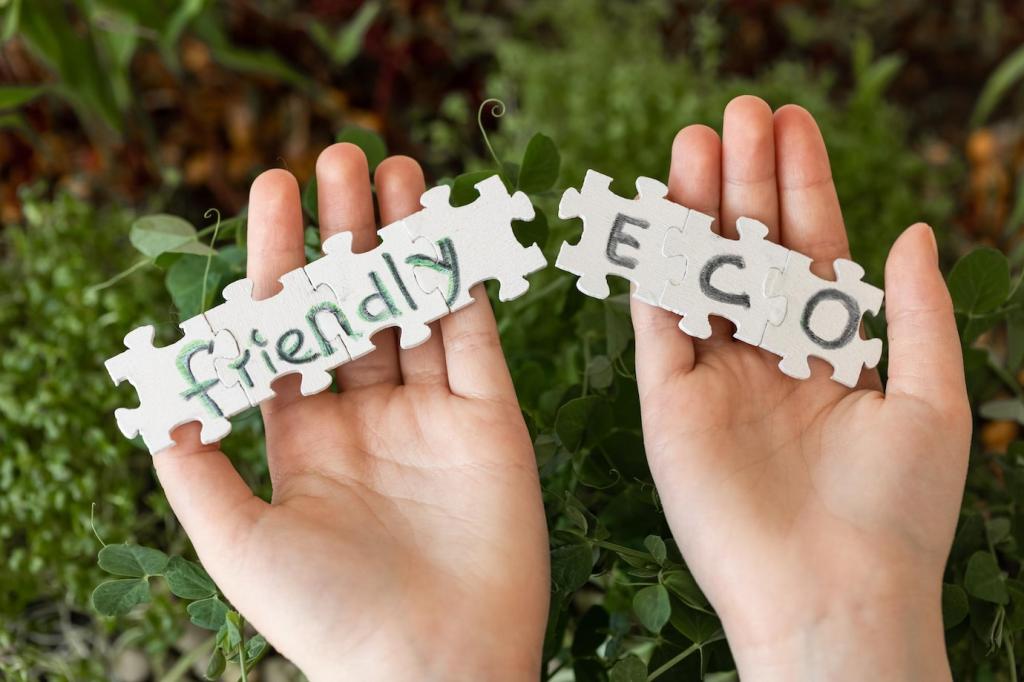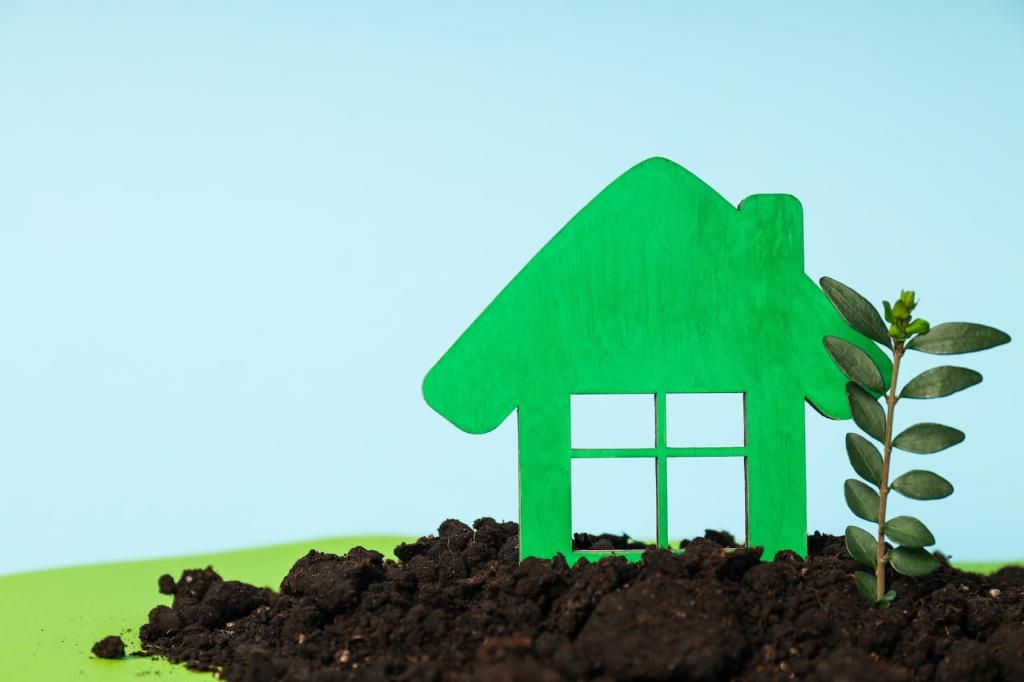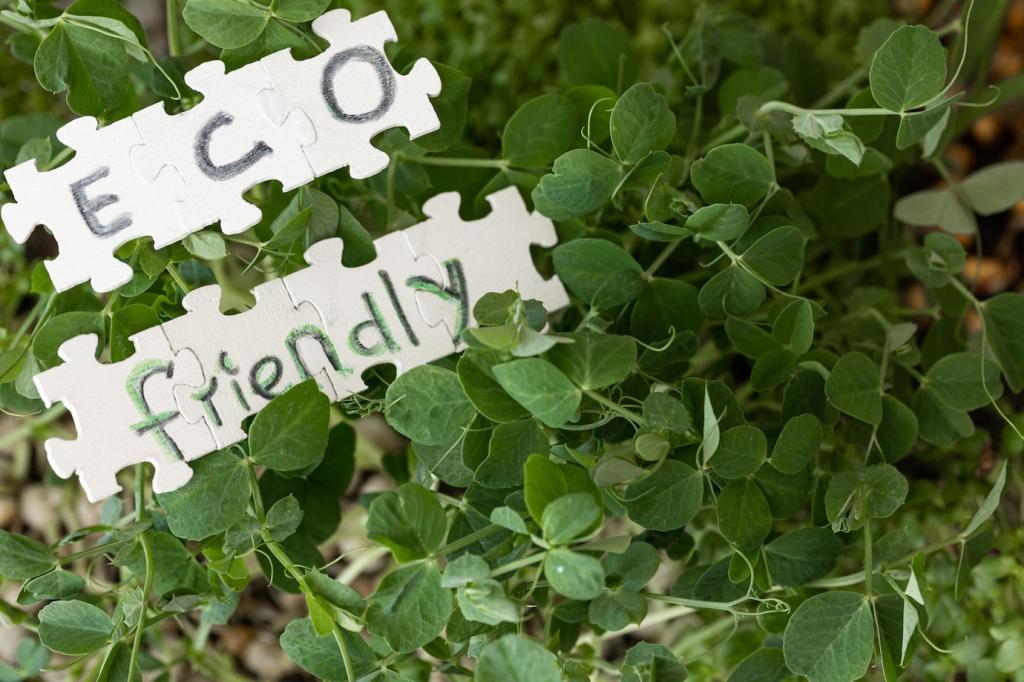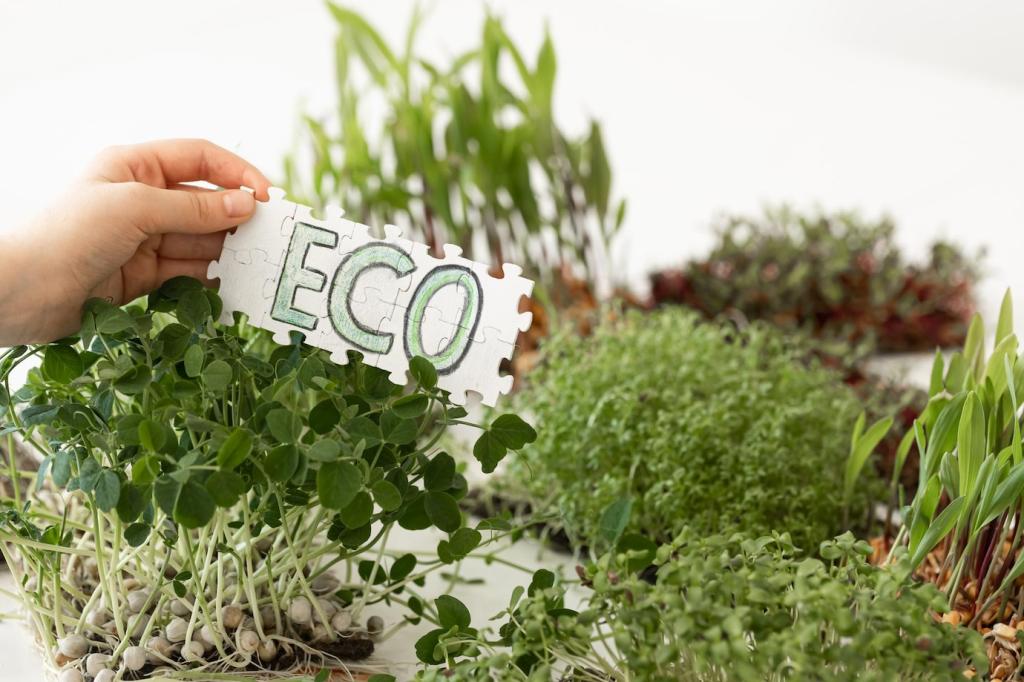Why Recycled Tools Power Better Upcycling
Choosing recycled tools reduces manufacturing demand, minimizes packaging waste, and keeps good steel out of landfills. When those tools help rescue a wobbly chair or scratchy dresser, the environmental savings compound beautifully. Comment with your latest save and inspire another maker to try.
Why Recycled Tools Power Better Upcycling
Secondhand tools let you experiment without fear of ruining shiny, expensive gear. That freedom sparks play: test a bold finish, carve a new profile, or try a complex joint. Share the project you attempted only because a thrifted tool made it feel affordable.






